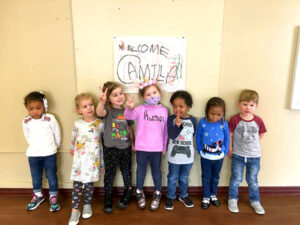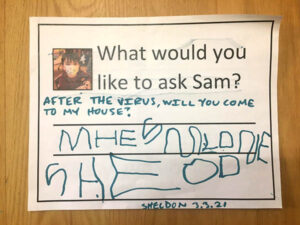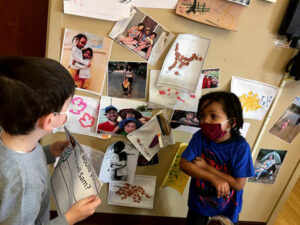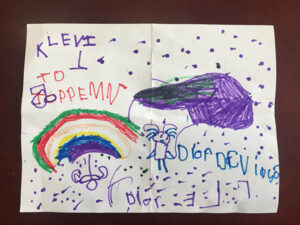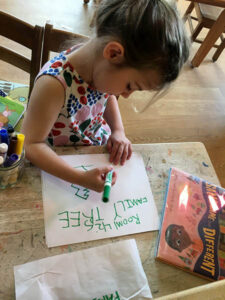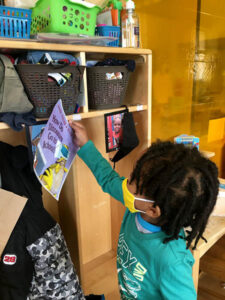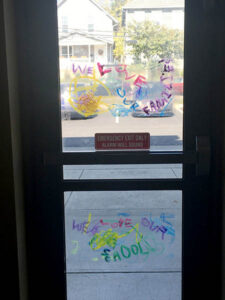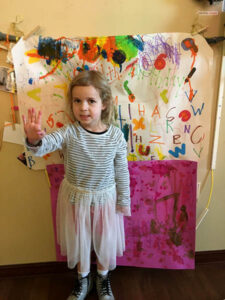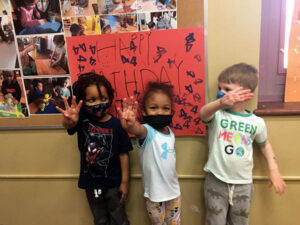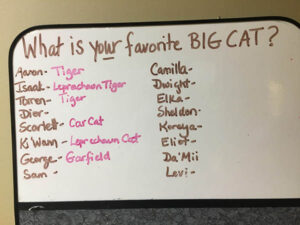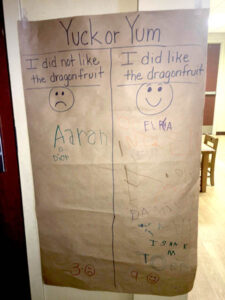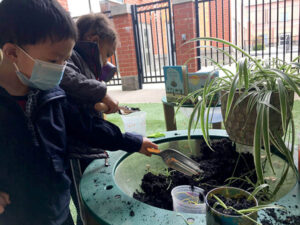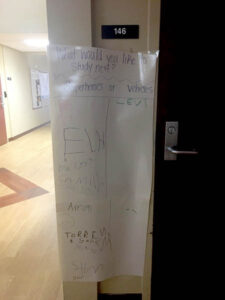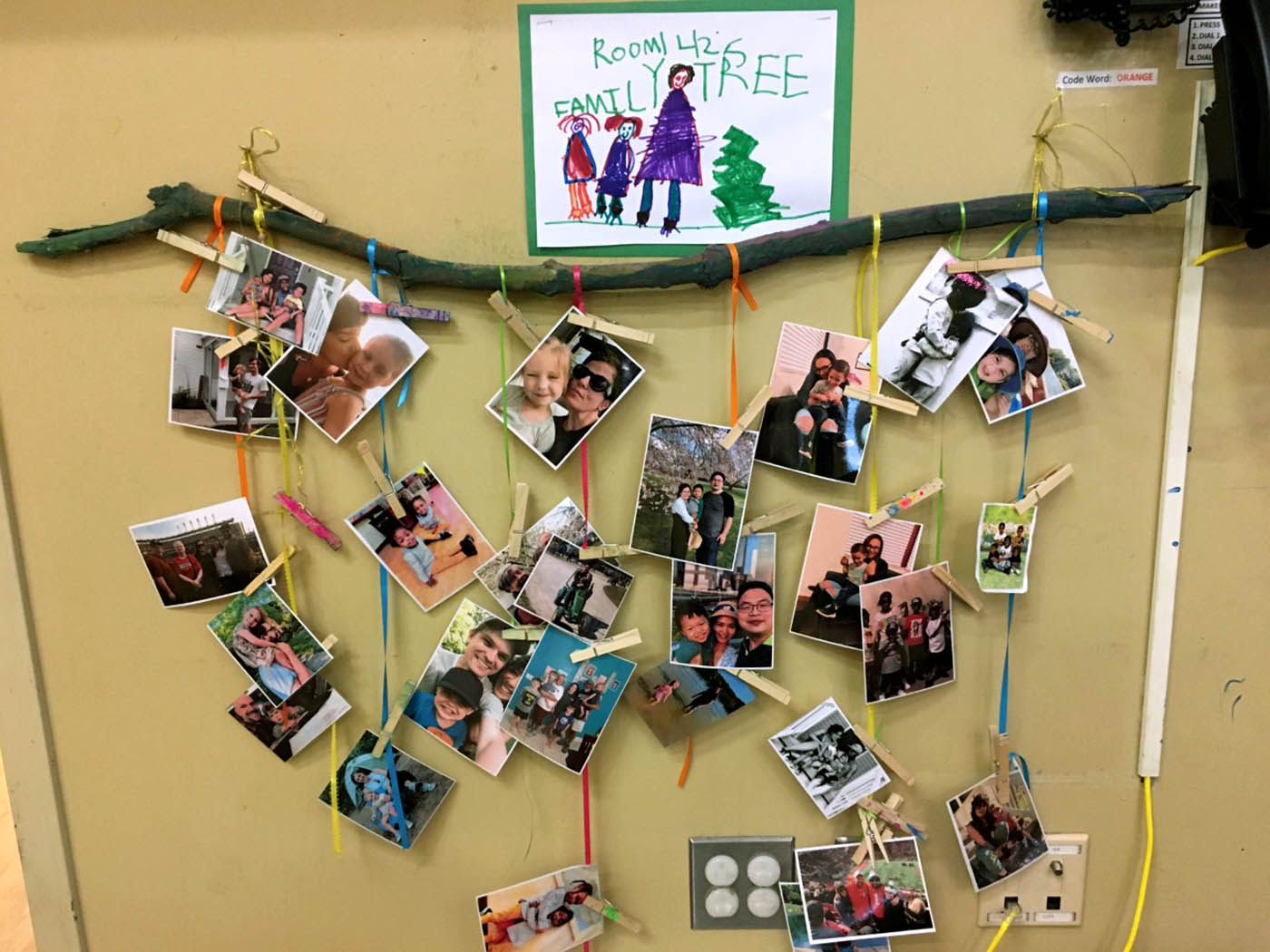Healthy relationships are an important part of a strong classroom community. Children are able to learn best when they feel safe, secure, and respected as members of a group. A warm and supportive environment promotes a sense of security that allows children to explore, play, and learn. All members of a classroom community including children, families, and teachers contribute to the social-emotional and physical environment. Pandemic procedures and protocols have impacted the typical ways that the classroom environment looks and feels. Children and teachers wear masks which can present challenges in reading facial expressions and connecting emotionally with one another. Physical partitions and the restriction of sharing physical spaces creates both physical and social-emotional distance.
Teachers have worked together with children to creatively and safely build and maintain relationships despite the barriers. Teachers develop and facilitate a curriculum based on the shared interests of each of the two small groups (pods) of children. They take anecdotal notes about which topics children demonstrate the most interest in and ask children to vote on topics they would prefer to learn more about. This voting includes elements of literacy, mathematics, and democracy as they write their names on a chart, count the votes, and determine the majority vote. This practice communicates to children that their voice matters and that they are a valued member of the classroom community. Families are asked to share their observations from home which can contribute to the curriculum and they also receive daily and weekly curriculum guides to promote a school and family partnership.
A cohesive curriculum across pods also creates shared experiences for the children although they are not engaging in those experiences at the same time due to the partitions in the classroom and the restrictions on shared spaces. For example, the children in Pod A were interested in dragon fruit and worked with the Chef to order and taste test the fruit. The children in Pod B were later able to taste test the fruit and the children communicated their experience through drawing and writing including a chart that allowed them to describe if they liked the taste of the fruit or not. The chart is visible to both pods, which encourages discussion between peers and teachers about likes, dislikes, similarities, and differences.
As the classroom and school community continue to operate within pandemic protocols, teachers notice children showing more interest in their peers in the opposite pod as well as their peers in other classrooms. Children are naturally curious and seek out their peers’ companionship. Children demonstrated this curiosity by making observations, asking questions, and attempting to communicate with their peers that they are physically separated from. Teachers and children worked together to celebrate one another by making a family tree that is visible for both pods in the classroom, creating birthday banners, writing notes to each other across pods, and writing messages to other classrooms and families on windows to increase communication and cohesion.
Shared experiences, celebrations, and communication are elements that have always reflected the respectful collaboration between children, teachers, and families throughout the history of our school, and we continue to evolve our practices to best support the growth and learning of each member of our community.
